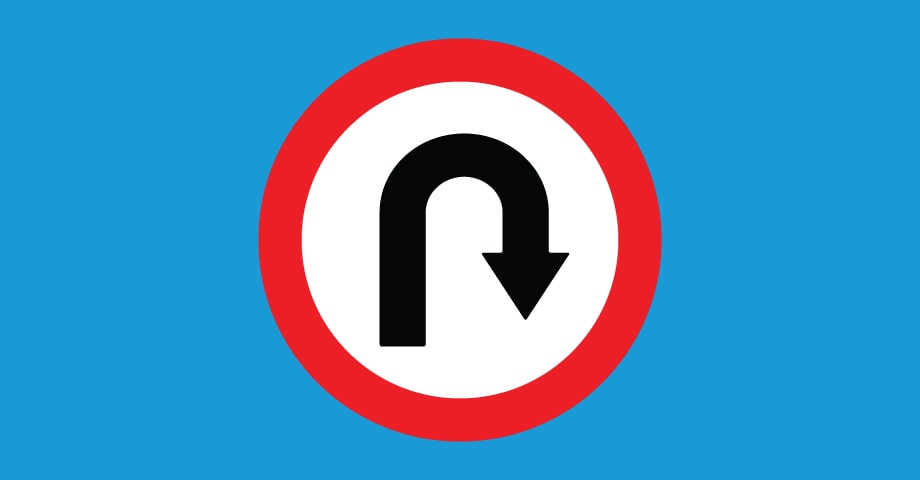The pandemic pivot: How healthcare technology has changed in response to COVID

Health technology has pivoted to support pandemic response
Technology has been a cornerstone of pandemic response at many employer organizations. Like everything with COVID-19, finding the best strategies for how to use health IT to monitor and track symptoms, contact trace and now track and manage vaccine administration has had many zigzags. This unpredictable journey has demonstrated the importance of being flexible and working with technology partners who can quickly adapt to handle new situations.
New health surveillance functionality for COVID-19 symptom monitoring
Over the last year, we made several pivots to support our large employer clients who operate their own employee health clinics. When rumblings of the virus first started early last year, our clients were quick to realize they would need new functionality within their Enterprise Health solution to manage the situation. Their first need was to monitor employees for symptoms, so we expanded our solution’s existing health surveillance functionality with workflows to support each employer's individual requirements.
Most of these employers implemented a strategy of proactively reaching out to employees to complete questionnaires before each work shift. Initially, many used email notifications, the same process they use to prompt employees to take actions for routine surveillance requirements such as respirator fit tests. Using email to remind large numbers of employees on a daily basis to complete the questionnaires, however, created challenges not experienced when pinging employees for surveillance that only occurs annually or sometimes bi-annually.
Overcoming server bandwidth issues & unforeseen technology costs
For example, in many large organizations, when emails are sent to all employees, they must be sent in batches to eliminate jamming servers. Batching, however, can become complicated when trying to make sure all employees receive their notifications before their work shifts begin. Sending notifications by email also creates issues at organizations where not all employees check email every day.
One solution was to implement the same functionality using text or SMS messages, so we quickly pivoted to deploy this functionality. While this helped overcome the problems caused by email notifications, several of our large employer client partners soon realized that texting employees every day had unintended downstream impacts such as exorbitant text message fees. One of our health system clients with more than 70,000 employees estimated they could incur more than $400,000 in annual text message fees — a cost for which they had not budgeted. On top of that, employees who do not have mobile plans that include texting services may also incur fees when they receive the texts — not exactly a recipe for creating goodwill with employees.
Introduction of Enterprise Health mobile application
In response, we are developing a mobile app version of the Enterprise Health portal that replaces text messages with push notifications to employees. With the app, employees can securely connect to their organization’s employee health portal where they can electronically complete and submit questionnaires and manage work status, including automated receipt of a cleared-to-work approval screen based on answers.
No one predicted this pandemic and from one minute to the next, we’ve all had to adjust. Thankfully, agility is commonplace for us. Our solution has been built in-house over several decades, working shoulder to shoulder with blue chip employers. We’ve used our clinical information management experience, digital consumer engagement expertise and occupational health and compliance capability to add more and more functionality along the way to meet whatever needs our client partners have.
How have you handled technology bumps along the COVID-19 road? We’d love to hear your stories.
